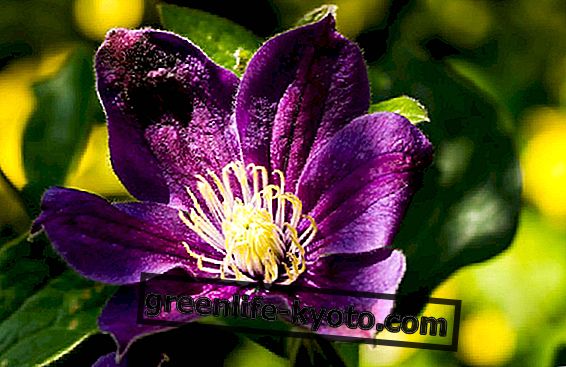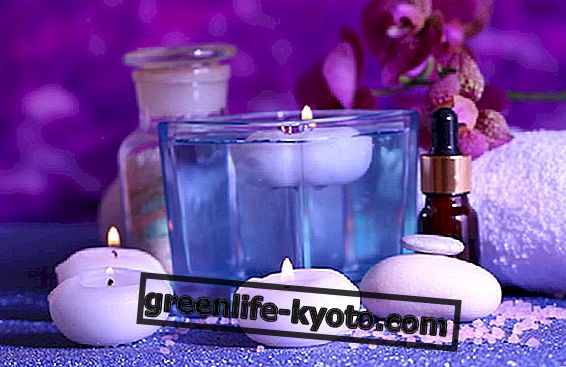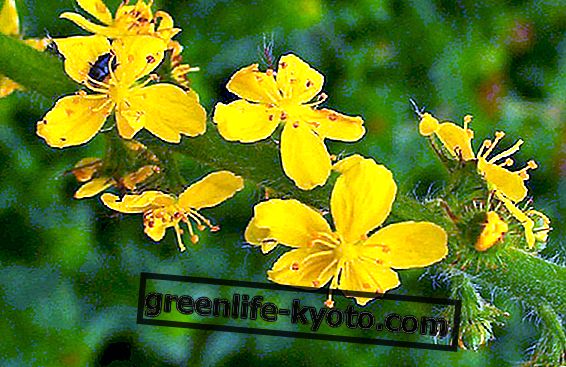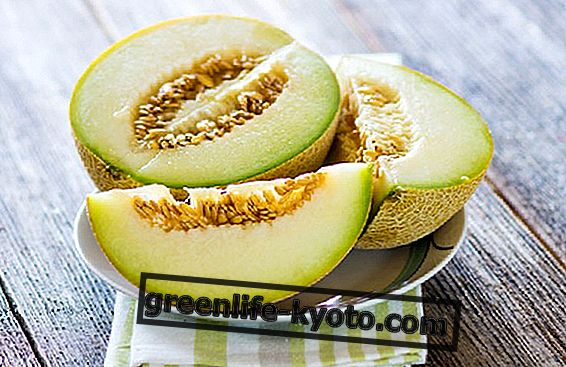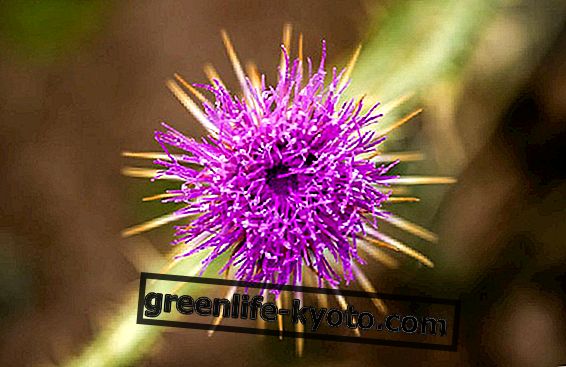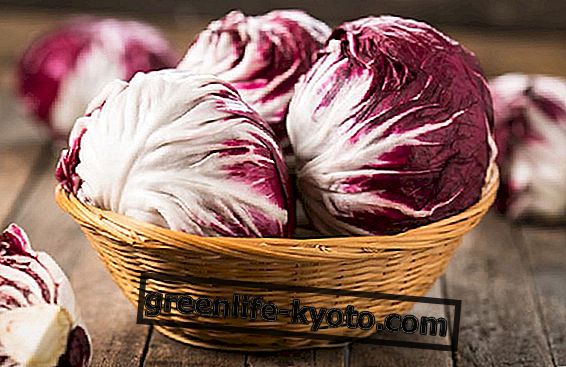Geranium essential oil is derived from Pelargonium graveolens, a plant of the Geraniaceae family. Known for its many properties, it has a healing, toning, anti-inflammatory action and stimulates intuition and motivation. Let's find out better.
>

Properties and benefits of geranium essential oil
Rebalancing is used in aromatherapy to increase imagination and intuition so as to be able to find solutions in tangled or difficult situations. It stimulates the desire and the desire to express oneself and to bring out what one feels deep down, it helps to become aware and to balance giving-having. Perfect for people who don't know what they want, it motivates them. Attract us all that is positive.
Astringent in compresses with a few drops of essence proves particularly effective in areas affected by acne, boils; in case of oily skin, where the need to close the pores is felt, to help the skin to compact.
Anti-inflammatory used for gargling and rinsing, it is recommended in the treatment of congestion on the mucous membranes of the oral cavity, so it is useful in cases of sore throat, pharyngitis and gingivitis.
Antispasmodic diluted in sweet almond oil and massaged on the lower abdomen, relaxes uterine contractions due to ovulation and menstrual pain; helps relieve the discomforts of menopause and premenstrual syndrome, neuralgia and headache.
Toning indicated in massages to reactivate blood circulation, to fight to fight cellulite, and in the treatment, prevention or normalization of disorders that originate from a malfunction of the circulatory system, such as varicose veins, capillary fragility and couperose.
Healing diluted 5-10% promotes healing of sores, cuts and burns and sunburn.
Insect-repellent geranium essential oil fights mosquitoes, or rather displaces them, which is why balconies and terraces very often show a vast display of planters filled with these plants.
Description of the plant
Geranium is a suffruticosa perennial plant with a fleshy stem. The leaves are alternate, with petioles about 10 cm long, pointed, formed by lobes, with a toothed margin and evident veins, slightly tomentose and odorous.
The flowers appear, gathered in umbels, with bracts at the apex of stems, are formed by five sepals, narrow and finely tomentose and five oval and rounded petals at the top; they have colors from white to red, from mauve to purple.
Flowering runs from spring to autumn and is followed by the production of berries that carry a long beak at the top.
Part used
Leaves and flowers
Extraction method
Steam current distillation
Note geranium essential oil
Middle note: fresh, sweet and floral fragrance
The essential oil of geranium among the remedies for diabetes: discover the others

Use and practical advice and use on geranium essential oil
Environmental diffusion : 1 gc of geranium essential oil per square meter of the environment in which it spreads, through essential oil burner, against mosquitoes
Gargle lotion : in a glass of water at room temperature put 6 gc of geranium essential oil, against inflammation of the mouth and for sore throat.
Cosmetic use : in 200 ml of cold water, add 8 drops of essence, with sterile gauze compresses against acne and boils, taking care to change the tablet when it heats up.
Contraindications of geranium essential oil
Geranium essential oil is considered safe, so there are no special precautions to follow. It is important to remember that the improper use of essential oils can be harmful, so always rely on the advice of an herbalist.
Background
Originally from South Africa, geranium was introduced into Europe in the seventeenth century by the English and Dutch colonists who, on their return from the Indies, stopped with their ships at Cape of Good Hope to supply themselves. In our continent it began to be cultivated, especially in the Mediterranean area, which has a climate similar to that of its origin.
Geranium is composed of hundreds of different species, each characterized by its own colors, intensity of perfume, petals and degree of resistance to temperatures. In the past it was widely used to combat bleeding due to its strong astringent and healing action; today it is widespread, especially as an ornamental plant and its essential oil is used by the cosmetics and food and liquor industries.


